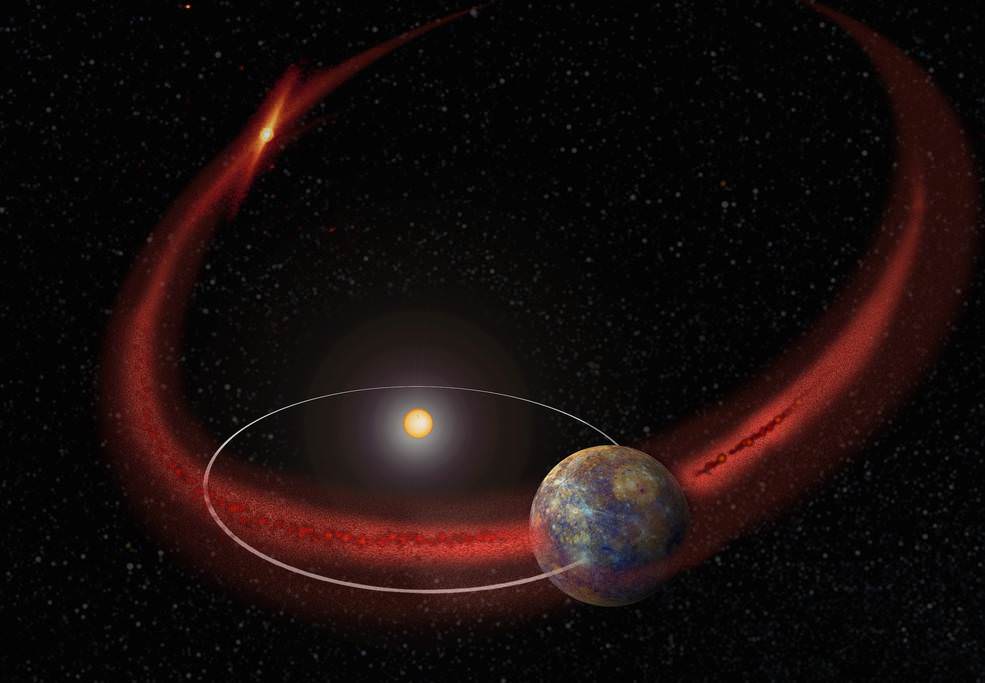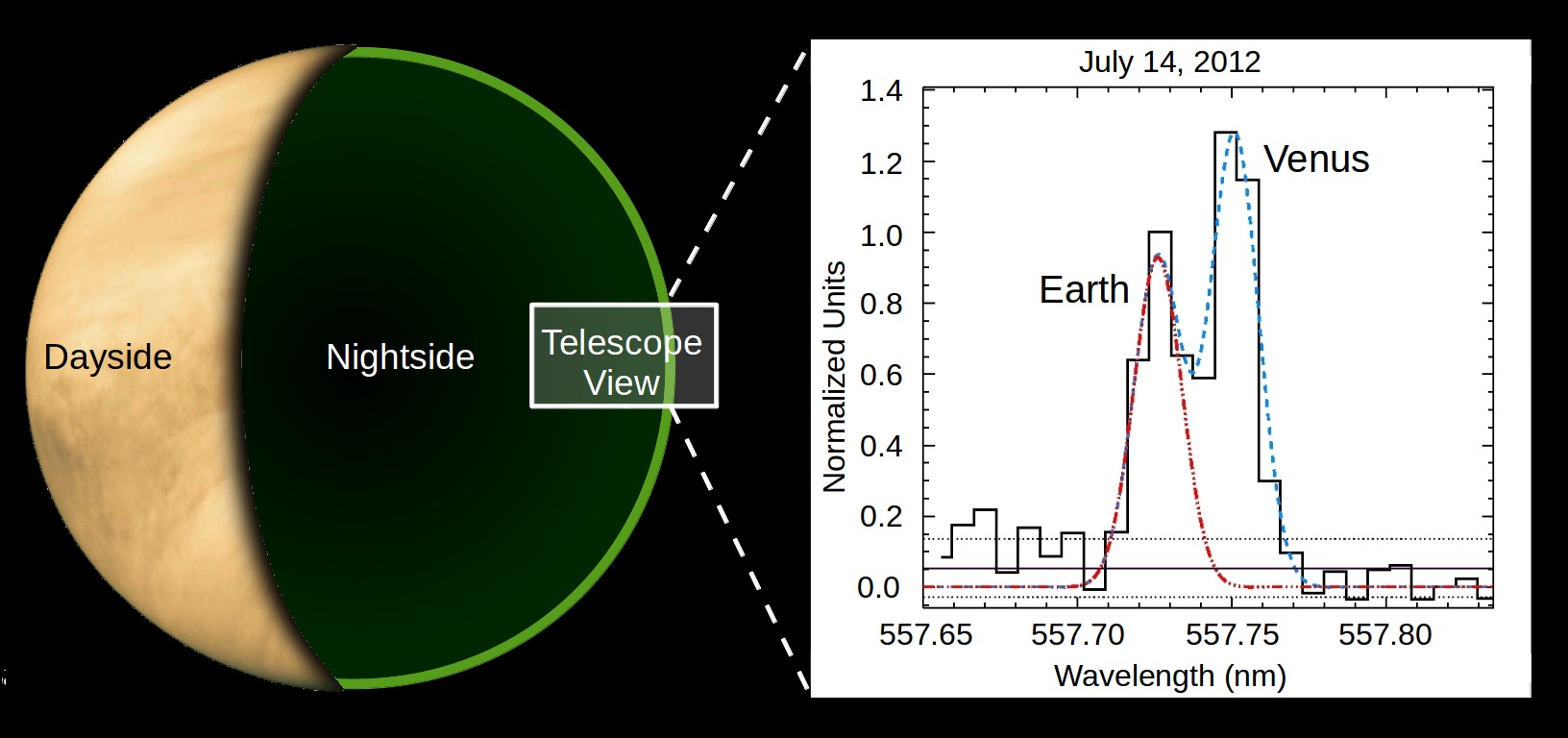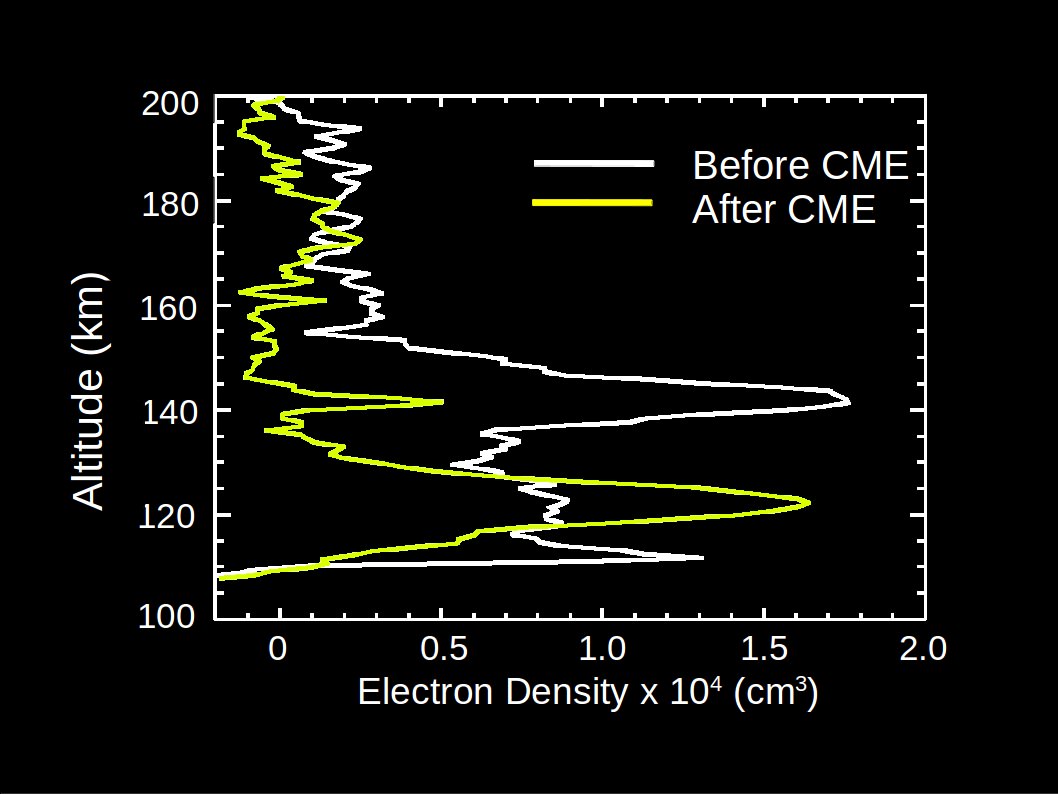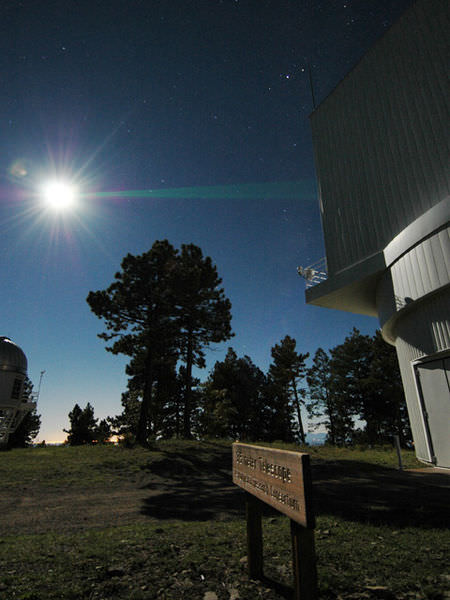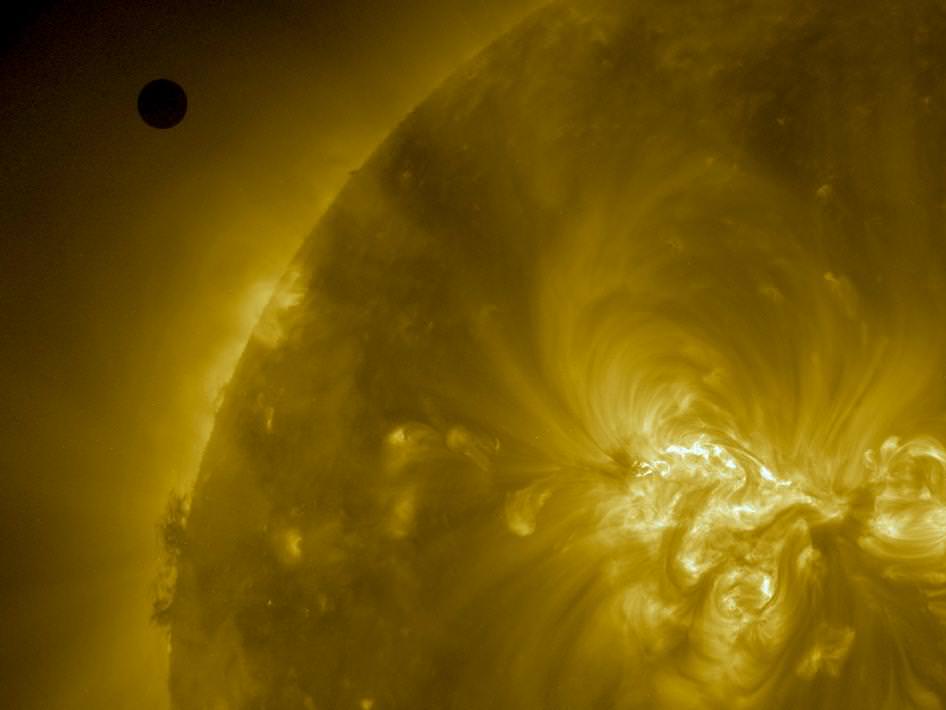Leonid meteor storms. Taurid meteor swarms. Earth is no stranger to meteor showers, that’s for sure. Now, it turns out that the planet Mercury may experience periodic meteor showers as well.
The news of extraterrestrial meteor showers on Mercury came out of the annual Meeting of the Division of Planetary Sciences of the American Astronomical Society currently underway this week in National Harbor, Maryland. The study was carried out by Rosemary Killen of NASA’s Goddard Spaceflight Center, working with Matthew Burger of Morgan State University in Baltimore, Maryland and Apostolos Christou from the Armagh Observatory in Northern Ireland. The study looked at data from the MErcury Surface Space Environment Geochemistry and Ranging (MESSENGER) spacecraft, which orbited Mercury until late April of this year. Astronomers published the results in the September 28th issue of Geophysical Research Letters.
Micrometeoroid debris litters the ecliptic plane, the result of millions of years of passages of comets through the inner solar system. You can see evidence of this in the band of the zodiacal light visible at dawn or dusk from a dark sky site, and the elusive counter-glow of the gegenschein.

Researchers have tagged meteoroid impacts as a previous source of the tenuous exosphere tails exhibited by otherwise airless worlds such as Mercury. The impacts kick up a detectable wind of calcium particles as Mercury plows through the zodiacal cloud of debris.
“We already knew that impacts were important in producing exospheres,” says Killen in a recent NASA Goddard press release. “What we did not know was the relative importance of comet streams over zodiacal dust.”
This calcium peak, however, posed a mystery to researchers. Namely, the peak was occurring just after perihelion—Mercury orbits the Sun once every 88 Earth days, and travels from 0.31 AU from the Sun at perihelion to 0.47 AU at aphelion—versus an expected calcium peak predicted by researchers just before perihelion.

A key suspect in the calcium meteor spike dilemma came in the way of periodic Comet 2P Encke. Orbiting the Sun every 3.3 years—the shortest orbit of any known periodic comet—2P Encke has made many passages through the inner solar system, more than enough to lay down a dense and stable meteoroid debris stream over the millennia.
With an orbit ranging from a perihelion at 0.3 AU interior to Mercury’s to 4 AU, debris from Encke visits Earth as well in the form of the November Taurid Fireballs currently gracing the night skies of the Earth.
The Encke connection still presented a problem: the cometary stream is closest to the orbit of Mercury about a week later than the observed calcium peak. It was as if the stream had drifted over time…
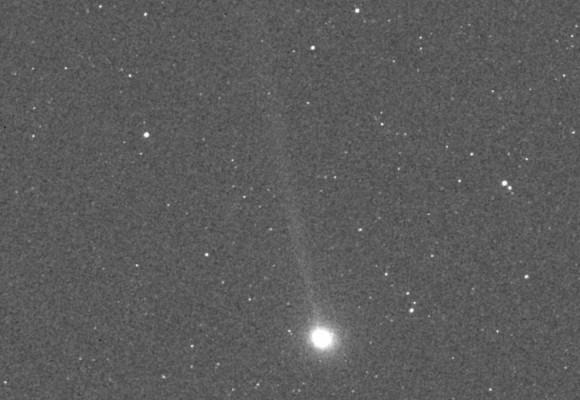
Enter the Poynting-Robertson effect. This is a drag created by solar radiation pressure over time. The push on cometary dust grains thanks to the Poynting-Robertson effect is tiny, but it does add up over time, modifying and moving meteor streams. We see this happening in our own local meteor stream environment, as once great showers such as the late 19th century Andromedids fade into obscurity. The gravitational influence of the planets also plays a role in the evolution of meteor shower streams as well.
Researchers in the study re-ran the model, using MESSENGER data and accounting for the Poynting-Robertson effect. They found the peak of the calcium emissions seen today are consistent with millimeter-sized grains ejected from Comet Encke about 10,000 to 20,000 years ago. That grain size and distribution is important, as bigger, more massive grains result in a smaller drag force.
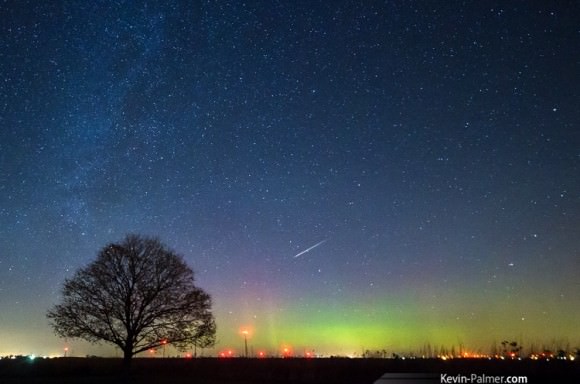
This finding shows the role and mechanism that cometary debris plays in exosphere production on worlds like Mercury.
“Finding that we can move the location of stream to match MESSENGER’s observations is gratifying, but the fact that the shift agrees with what we know about Encke and its stream from independent source makes us confident that the cause-and-effect relationship is real, says Christou in this week’s NASA Goddard press release.
Launched in 2004, MESSENGER arrived at Mercury in March 2011 and orbited the world for over four years, the first spacecraft to do so. MESSENGER mapped the entire surface of Mercury for the first time, and became the first human-made artifact to impact Mercury on April 30th, 2015.
The joint JAXA/ESA mission BepiColombo is the next Mercury mission in the pipeline, set to leave Earth on 2017 for insertion into orbit around Mercury on 2024.
An interesting find on the innermost world, and a fascinating connection between Earth and Mercury via comet 2P Encke and the Taurid Fireballs.

